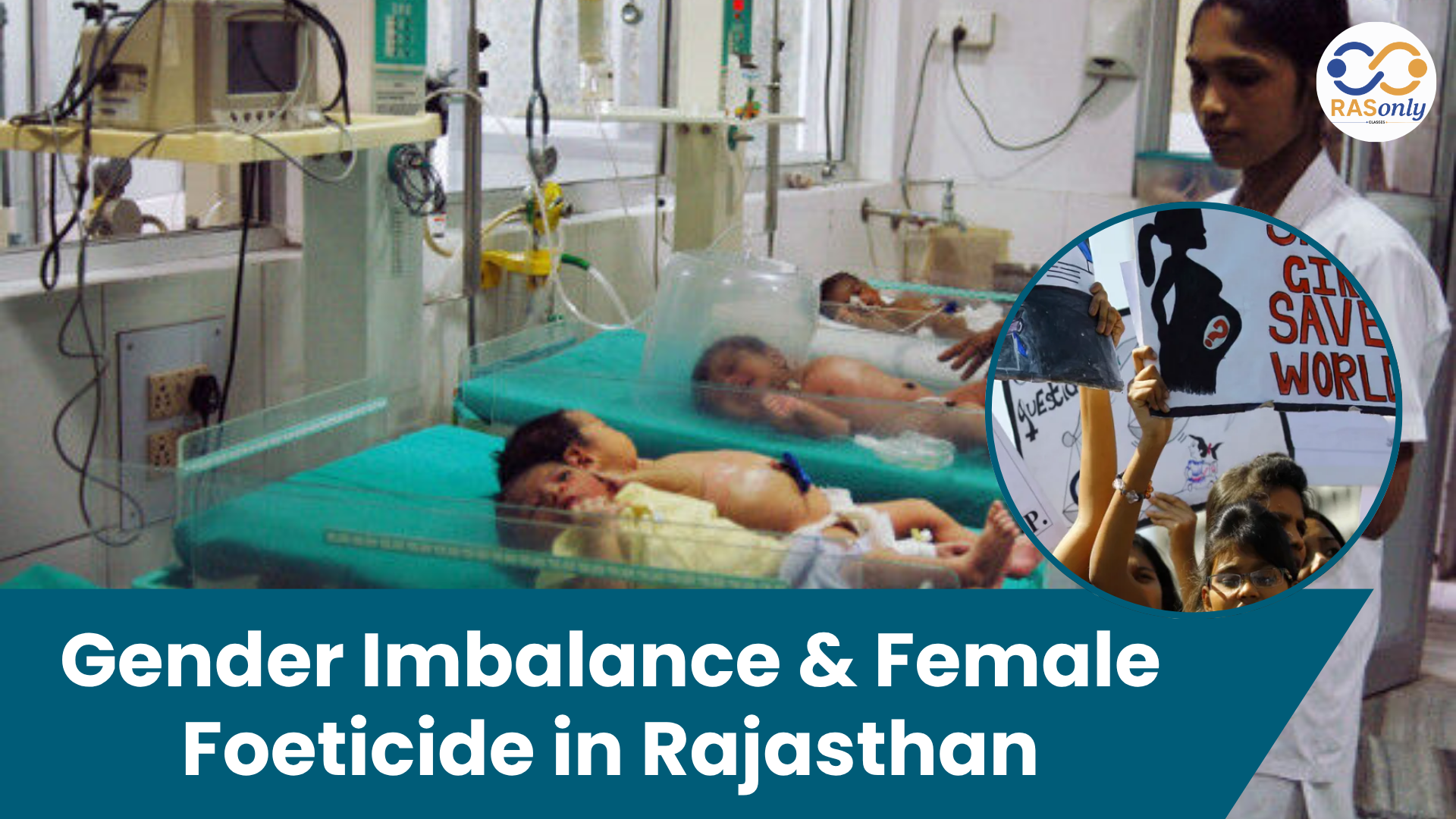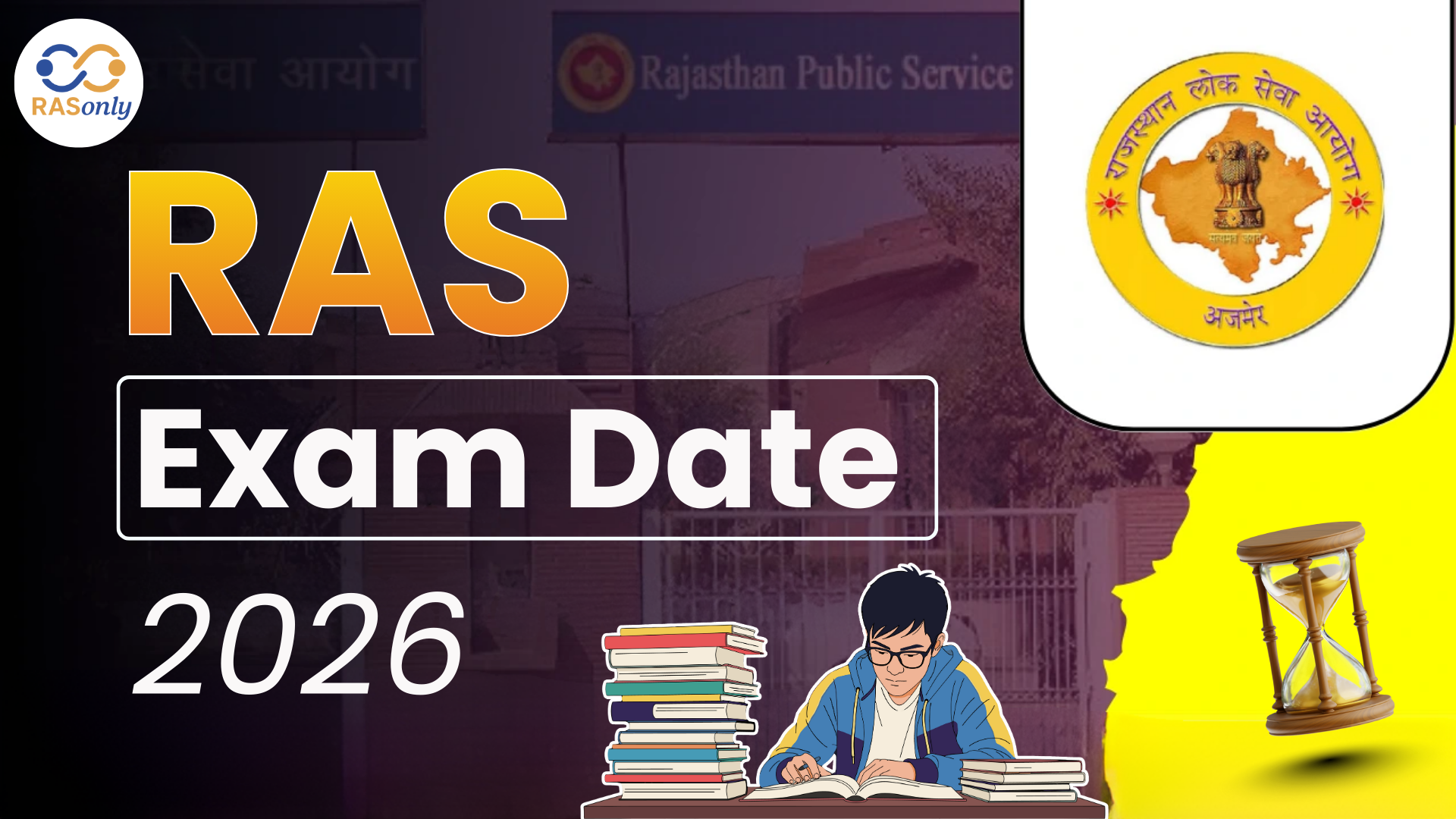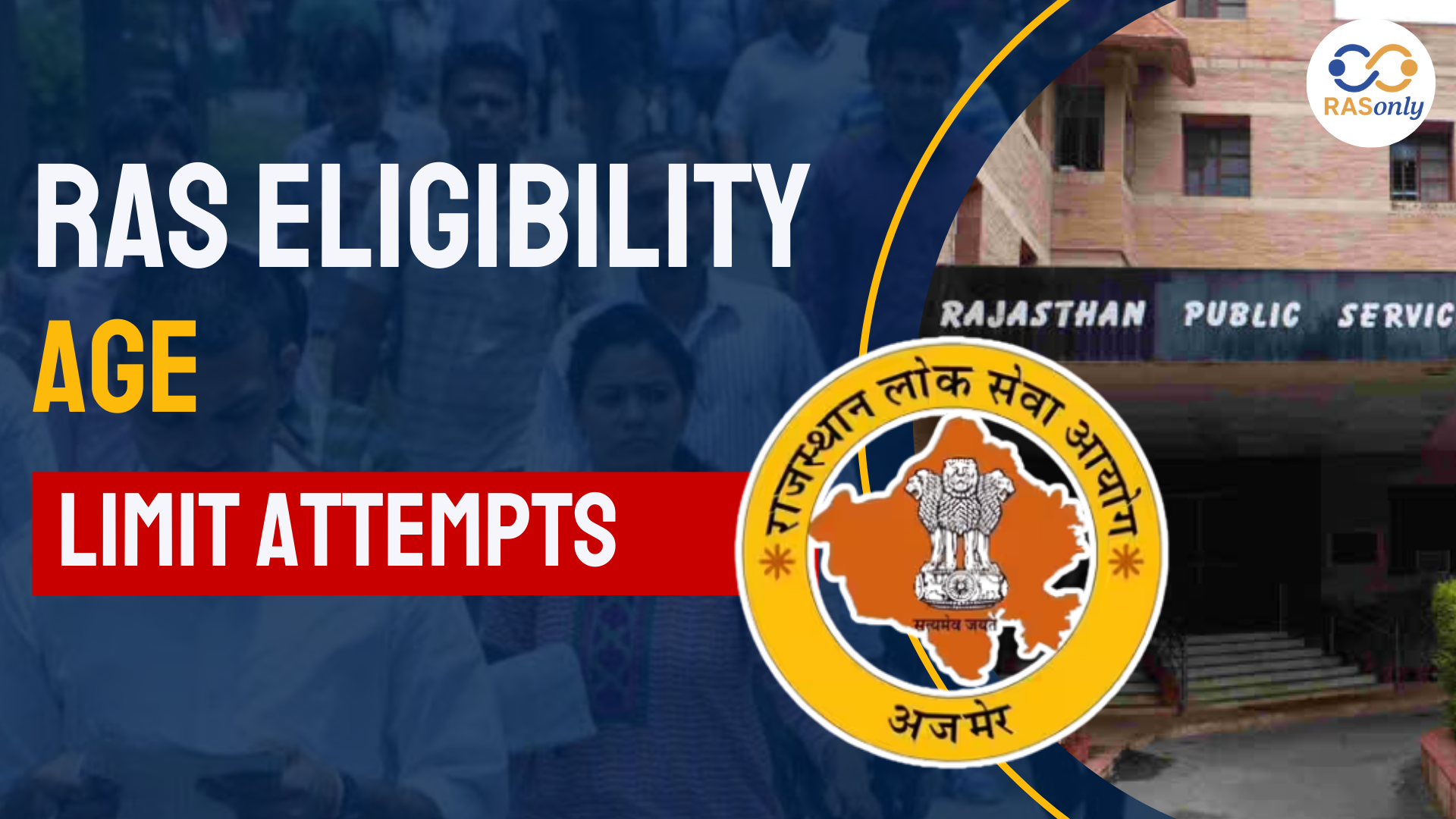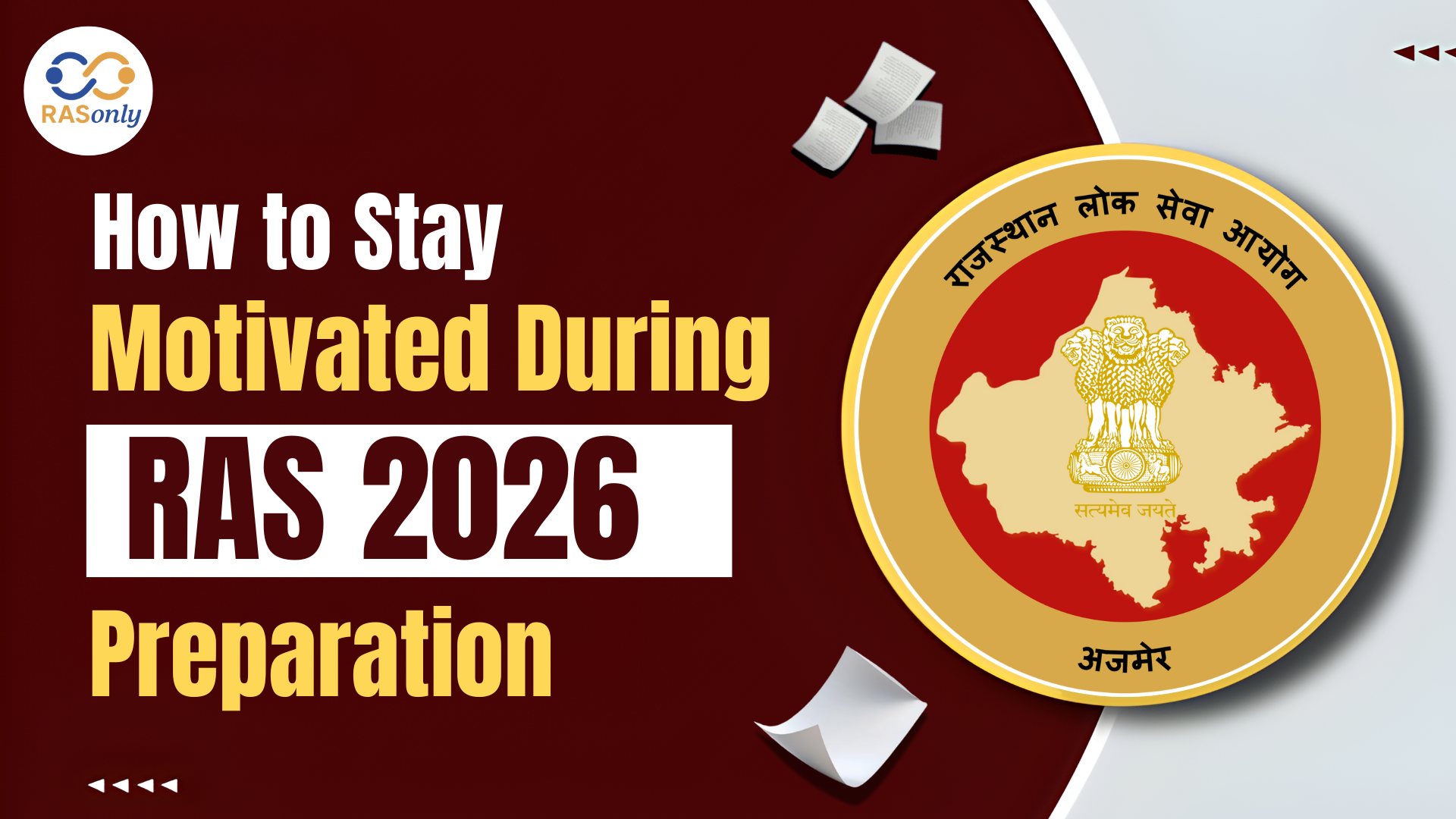RAS Exam Date 2026 for Notification, Prelims, Mains Date
- >
- RAS Preparation Resources
- >
- Female Foeticide in Rajasthan
Female Foeticide in Rajasthan


Female foeticide can be described as selective abortion of female unborn children because of preference of male offspring in society. Although such a practice is illegal, it is very common in India and particularly in states such as Haryana and Punjab. Illegal sex determination has been promoted by technological development such as ultrasound. This has led to a very skewed sex ratio and many other social ills. The government has come up with a number of laws and plans to combat the menace and strengthen the girl child.
What is Female Foeticide?
- The act of terminating pregnancy of a female fetus that has been determined to be a female.
- Patriarchal and son-biased to the core.
- Not a few people wittingly practice it although it is against Indian law.
Current Data and Trend in India
- As per the 2011 Census: Child Sex Ratio stood at 919 girls per 1000 boys.
- Gravely stricken states: Haryana (834), Punjab (846), Rajasthan (888).
- Higher achieving states: Arunachal Pradesh (972), Kerala (964).
Cases of Infanticide, Foeticide & PCPNDT Act (India: 2016–2021)
|
Year |
Infanticide |
Foeticide |
Cases under PCPNDT Act |
|
2016 |
93 |
144 |
93 |
|
2017 |
73 |
115 |
84 |
|
2018 |
56 |
128 |
54 |
|
2019 |
73 |
137 |
52 |
|
2020 |
79 |
109 |
51 |
|
2021 |
79 |
121 |
70 |
Cases of Infanticide, Foeticide & PCPNDT Act in Rajasthan (2016–2021)
|
Year |
Infanticide |
Foeticide |
Cases under PCPNDT Act |
|
2016 |
14 |
21 |
0 |
|
2017 |
6 |
14 |
0 |
|
2018 |
2 |
12 |
0 |
|
2019 |
5 |
22 |
0 |
|
2020 |
4 |
10 |
0 |
|
2021 |
7 |
13 |
0 |
Important Factors of Female Foeticide
- Social and Cultural Factors
- Patriarchal approach towards girls as a monetary burden.
- Dowry system and sons as successor.
- Economic Concerns
- The tendency to invest in sons as a source of economic returns.
- Technological Misuse
- Illegal usage of ultrasound and sex determination tests.
- Poor legislation enforcement
- Loopholes in observing clinics and less convictions.
- The Concerns of Safety and Honour
- Families fail to embrace female child birth due to increasing cases of crimes and fear of compromising the dignity of the girl.
Female Foeticide consequences
- Gender Imbalance: less females in the population.
- Increase in Gender-Based Violence: Forced marriages, human trafficking, exploitation.
- Marriage crisis: Lack of brides that causes polyandry and cross marriages.
- Force reduction in the labor market: Decreased women share in the economy.
- Mental Health Influence: This causes more pressure and maltreatment on surviving women.
- Distorted Social Structures: Malfunction in family frameworks, and age relay.
Major Laws Against Female Foeticide
|
Law Name |
Year |
Purpose |
|
Pre-Conception and Pre-Natal Diagnostic Techniques (PCPNDT) Act |
1994 |
Bans prenatal sex determination |
|
Medical Termination of Pregnancy Act |
1971 |
Regulates legal abortion |
|
Dowry Prohibition Act |
1961 |
Prevents dowry-related discrimination |
|
Equal Remuneration Act |
1976 |
Ensures pay parity |
|
Immoral Traffic Prevention Act |
1956 |
Prevents trafficking and exploitation |
Government Schemes to Prevent Female Foeticide
|
Scheme Name |
Launched By |
Key Features |
|
Beti Bachao Beti Padhao |
Central Govt |
Awareness, education, survival of girl child |
|
Sukanya Samriddhi Yojana |
Central Govt |
High-interest savings scheme for girls |
|
Ladli Scheme |
Delhi, Haryana Govts |
Financial aid for girl child’s birth & education |
|
Dhanalakshmi Scheme |
Central Govt |
Cash incentives to prevent early marriages |
|
Kanya Kelavani Yojana |
Gujarat Govt |
Incentives for girl child education |
|
Mukhyamantri Kanya Suraksha Yojana |
Bihar Govt |
Financial support for girl child's birth |
|
Nanda Devi Kanya Yojana |
Uttarakhand Govt |
Support for higher education of girls |
Measures taken to eradicate female Foeticide
- Tight Regulations of the PNDT Act.
- Spreading awareness campaigns such as: save the girl child.
- Observing the Clinics with the view of the abuse of diagnostic instrumentation.
- The community sensitization by NGO.
- Girls and women Empowerment Programs.
Conclusion
Abortion of the female foetus is not only a question of law, it is a well-rooted malpractice. It can only be dealt with through a powerful enforcement of the law combined with social restructuring. Education, empowerment, and shift of thoughts are the only way by which India can regain imbalance in gender and social justice
Post Category
- RAS Salary
- Result
- RAS Admit Card
- RAS Job
- RAS Cutoff
- Preparation Tips
- RAS Answer Key
- RAS Exam Analysis
- RAS Syllabus
- RAS Previous Year Papers
- RPSC RAS Exam Pattern
- RAS Interview
- RAS Mains Exam Date
- RAS Vacancy
- RAS Test Series
- RAS Best Books
- RAS Preparation Resources
- RAS Coaching Centre
- History
- Polity
- Geography
- Economics
- Science
- Art and Culture
- RPSC RAS Application Form
- RPSC RAS Notification
RASonly Interview Guidance Program

Mr. Ashok Jain
Ex-Chief Secretary Govt of Rajasthan
- IAS officer of the 1981 batch, Rajasthan cadre.
- Passionate about mentoring the next generation of RAS officers with real-world insights.
- Got retired in Dec 2017 from the post of Chief Secretary of the state of Rajasthan.

Mr. Guru Charan Rai
Ex-ASP / SP in Jaisalmer
- Guru Charan Rai, IPS (Retd), retired as Inspector General of Police (Security), Rajasthan, Jaipur in 2017.
- Served as ASP and SP in Jaisalmer, Nagaur, Sri Ganganagar, Sawai Madhopur, Dausa, Sikar, and Karauli.
- He also held key positions as DIGP and IGP in the Law and Order division.

Mr. Rakesh Verma
Ex-IAS Officer, B.Tech, MBA, and M.A. (Economics)
- IAS officer of the 1981 batch and retired in Chief Secretary Rank.
- Civil servant of high repute and vast experience.
- Has been teaching UPSC CSE subjects for the last six years.
Related Post
👉🏻 Register Today to Join Classes! 👍🏻
- Team RASOnly -
🎯 Benefits of RASOnly Coaching:
- ✅ 1:1 Mentorship with RAS Officers
- ✅ Experienced and Expert Faculty
- ✅ Free Library Access
- ✅ Daily Minimum 4 Hours Must
- ✅ Comprehensive Study Material
- ✅ Regular Tests & Performance Analysis
- ✅ Personalized Guidance & Doubt Solving
- ✅ Online & Offline Class Options
- ✅ Affordable Fees with Quality Education
Key Highlights:
- 👉🏻 3-Day Refund Policy
- 👉🏻 New Batch Starting from 04 August
- 👉🏻 Registration Amount: Only ₹1000





